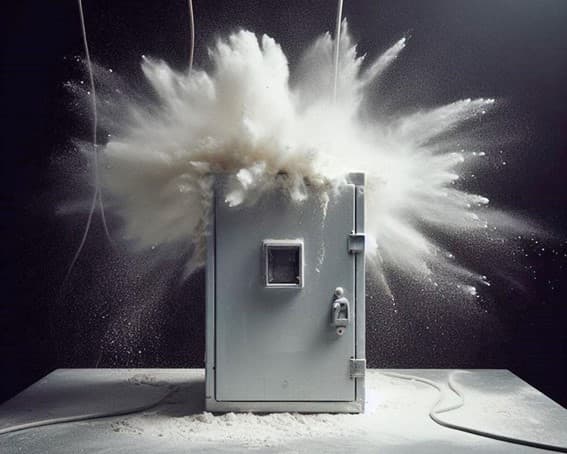What was the challenge or problem to solve?
Our client needed to test the degree of protection of one of its products against dust and water. For this test to be reliable, it had to be carried out according to IP (Ingress Protection), an international standard that measures the protection levels of a device against these elements.

After conducting the dust and water tightness tests, it was verified that neither dust nor water had entered the test objects and therefore the customer was able to give his product the corresponding IP certification.

In order to correctly carry out the watertightness tests requested by the client, a survey of the standard was carried out. This preliminary study made it possible to determine the conditions and technical specifications relating to the IP degree of protection. For the water penetration test, a specific nozzle and a specific water flow rate had to be used; on the other hand, for the dust penetration test, a continuous flow of particles of a certain size had to be achieved, while vacuum pressure was applied to the part.
In order to control the parameters, the high-tech equipment of our laboratory was used. Specifically, we used a flow meter, with which we checked the flow rate required for the water penetration test, and a vacuum gauge, with which we checked the vacuum pressure applied to the part.
Once the setup had been designed and the protocols of the standard for water and dust penetration tests had been established, the tests were carried out. After carrying out the tests, it was observed that neither dust nor water had entered the inside of the parts, and therefore, they complied with the necessary degree of protection.

